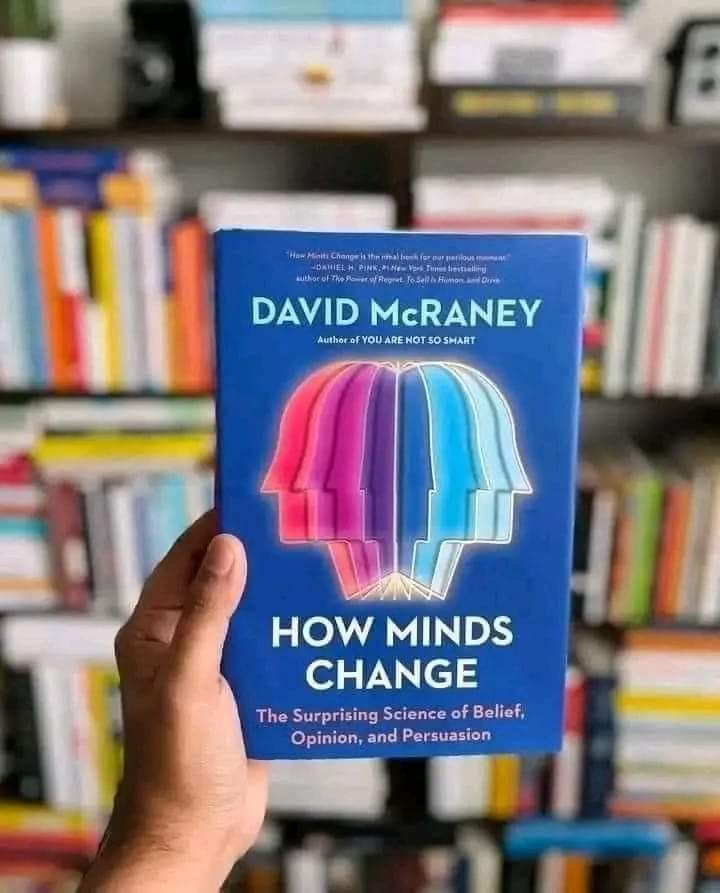10 lessons from the book “How Minds Change: The Surprising Science of Belief, Opinion, and Persuasion” by David McRaney delves into the psychology behind how and why people change their minds.
1. Understanding Cognitive Biases: Recognizing that cognitive biases influence our beliefs and decisions is crucial. Awareness of these biases can help in overcoming them and facilitating change.
2. The Power of Social Influence: Our social environments significantly impact our beliefs and opinions. People are more likely to change their minds when influenced by those they trust and respect.
3. Effective Communication: To change minds, it’s important to communicate effectively. This involves active listening, empathy, and finding common ground rather than simply presenting facts.
4. The Role of Emotions: Emotions play a critical role in belief formation and change. Addressing emotional aspects and creating an emotional connection can be more effective than logical arguments alone.
5. The Backfire Effect: Presenting contradictory evidence can sometimes strengthen a person’s existing beliefs. It’s important to approach sensitive topics gently and strategically.
6. Narratives and Storytelling: Stories and personal narratives can be powerful tools for persuasion. They make abstract concepts relatable and can influence people’s beliefs and attitudes.
7. Open-Mindedness: Encouraging open-mindedness and curiosity can create an environment conducive to change. Being open to new information and perspectives is key to personal growth and change.
8. Incremental Change: Changing minds often happens gradually rather than all at once. Small, incremental changes can eventually lead to significant shifts in beliefs and opinions.
9. Questioning Assumptions: Encouraging people to question their assumptions and consider alternative viewpoints can help facilitate belief change. Critical thinking is a valuable skill in this process.
10. The Role of Identity: Beliefs are often tied to personal and social identity. Understanding the connection between beliefs and identity can help in addressing resistance to change and finding ways to align new information with a person’s sense of self.
These lessons highlight the complex interplay of cognitive, emotional, and social factors in the process of changing minds, emphasizing the importance of empathy, effective communication, and patience in persuasion efforts
